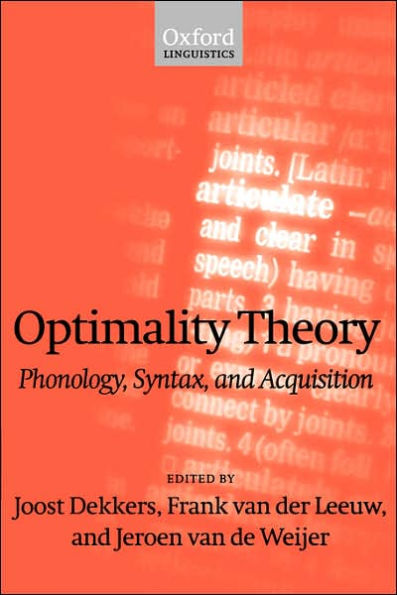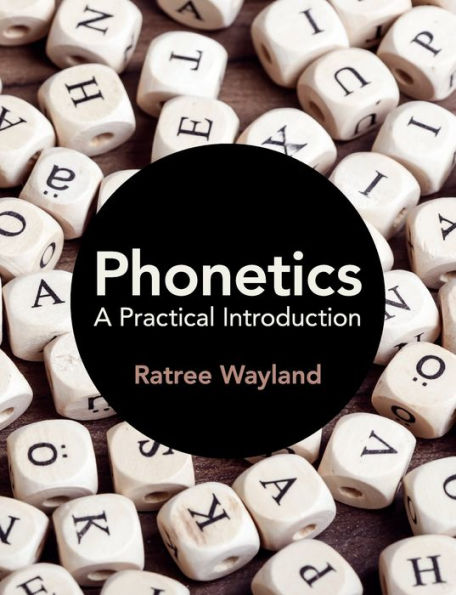Home
Phonological Architecture: A Biolinguistic Approach
Loading Inventory...
Barnes and Noble
Phonological Architecture: A Biolinguistic Approach
Current price: $160.00


Barnes and Noble
Phonological Architecture: A Biolinguistic Approach
Current price: $160.00
Loading Inventory...
Size: OS
*Product Information may vary - to confirm product availability, pricing, and additional information please contact Barnes and Noble
bridges linguistic theory and the biological sciences, presenting a comprehensive view of phonology from a biological perspective. Its back-to-basics approach breaks phonology into primitive operations and representations and investigates their possible origins in cognitive abilities found throughout the animal kingdom.
Bridget Samuels opens the discussion by considering the general properties of the externalisation system in a theory-neutral manner, using animal cognition studies to identify which components of phonology may not be unique to humans and/or to language. She demonstrates, on the basis of behavioural and physiological studies on primates, songbirds, and a wide variety of other species, that the cognitive abilities underlying human phonological representations and operations are present in creatures other than Homo sapiens (even if not to the same degree) and in domains other than phonology or, indeed, language proper. The second, more linguistically technical half of the book explores what is necessarily unique about phonology. The author discusses the properties of the phonological module which are dictated by the interface requirements of the syntactic module of Universal Grammar as well as different components of the human sensory-motor system (ie audition, vision, and motor control). She proposes a repertoire of phonological representations and operations which are consistent with Universal Grammar and human cognitive evolution. She illustrates the application of these operations with analyses of representative phonological data such as vowel harmony, reduplication, and tone spreading patterns. Finally, the author addresses the issue of cross-linguistic and inter-speaker variation.


















